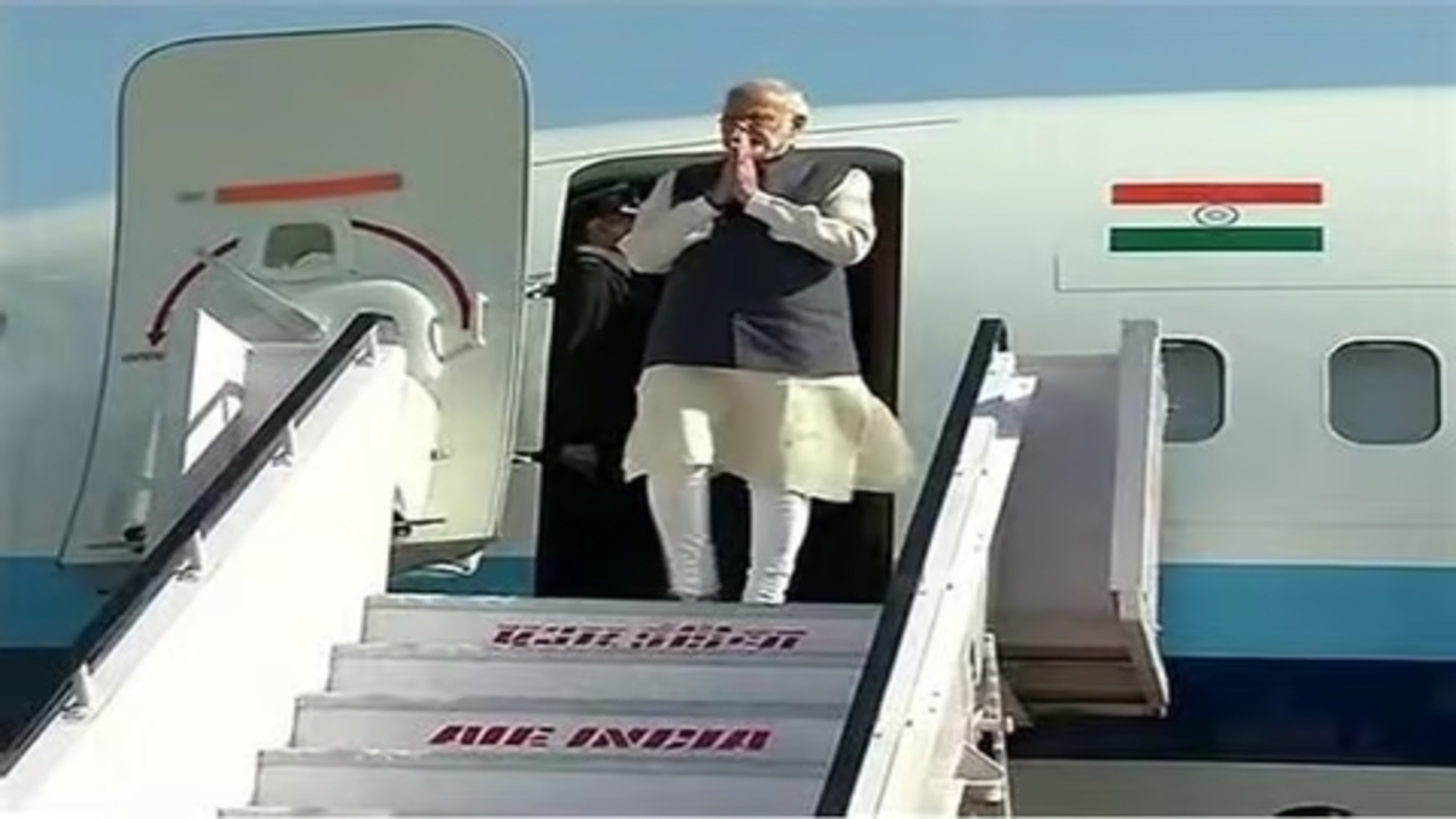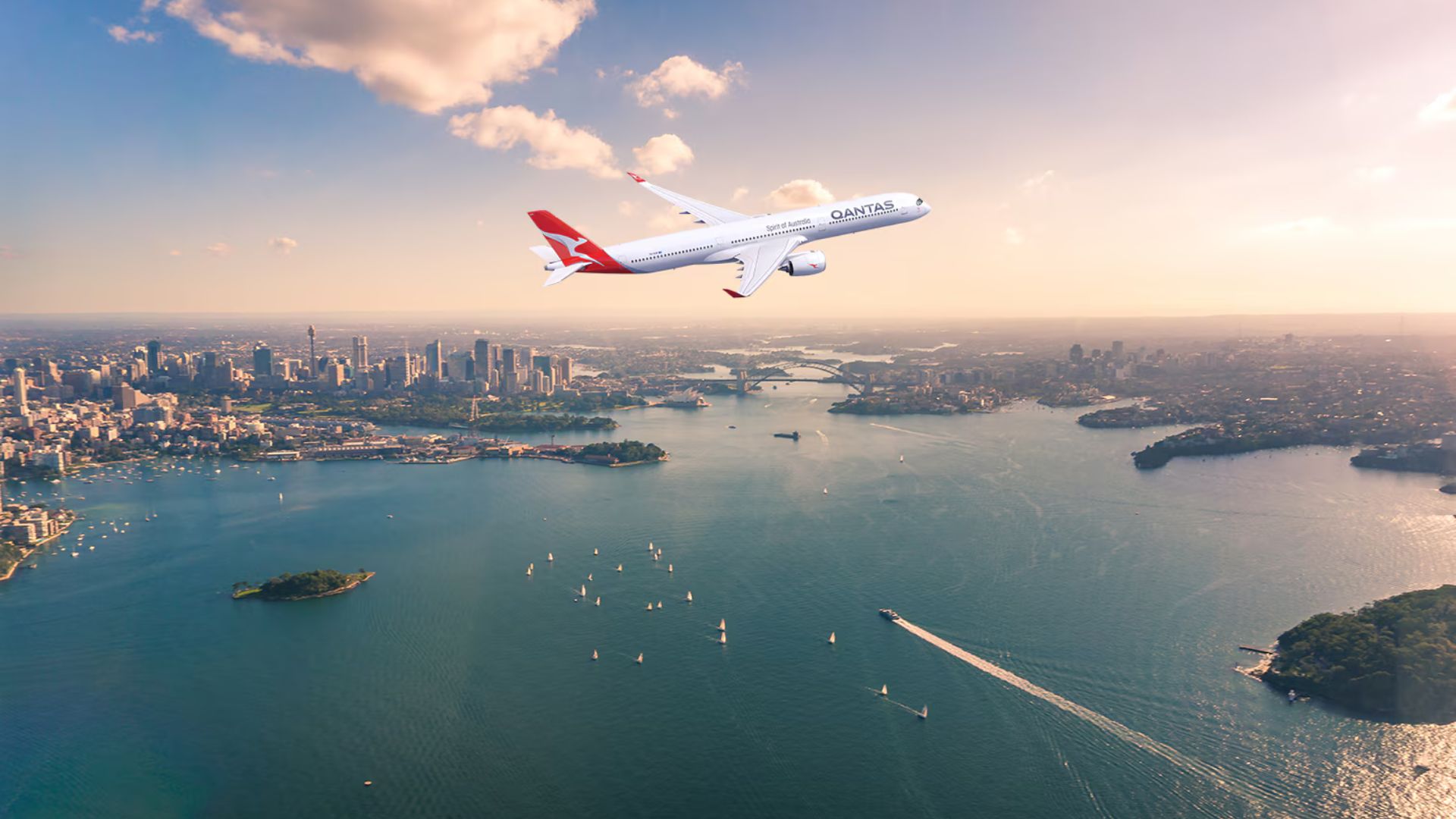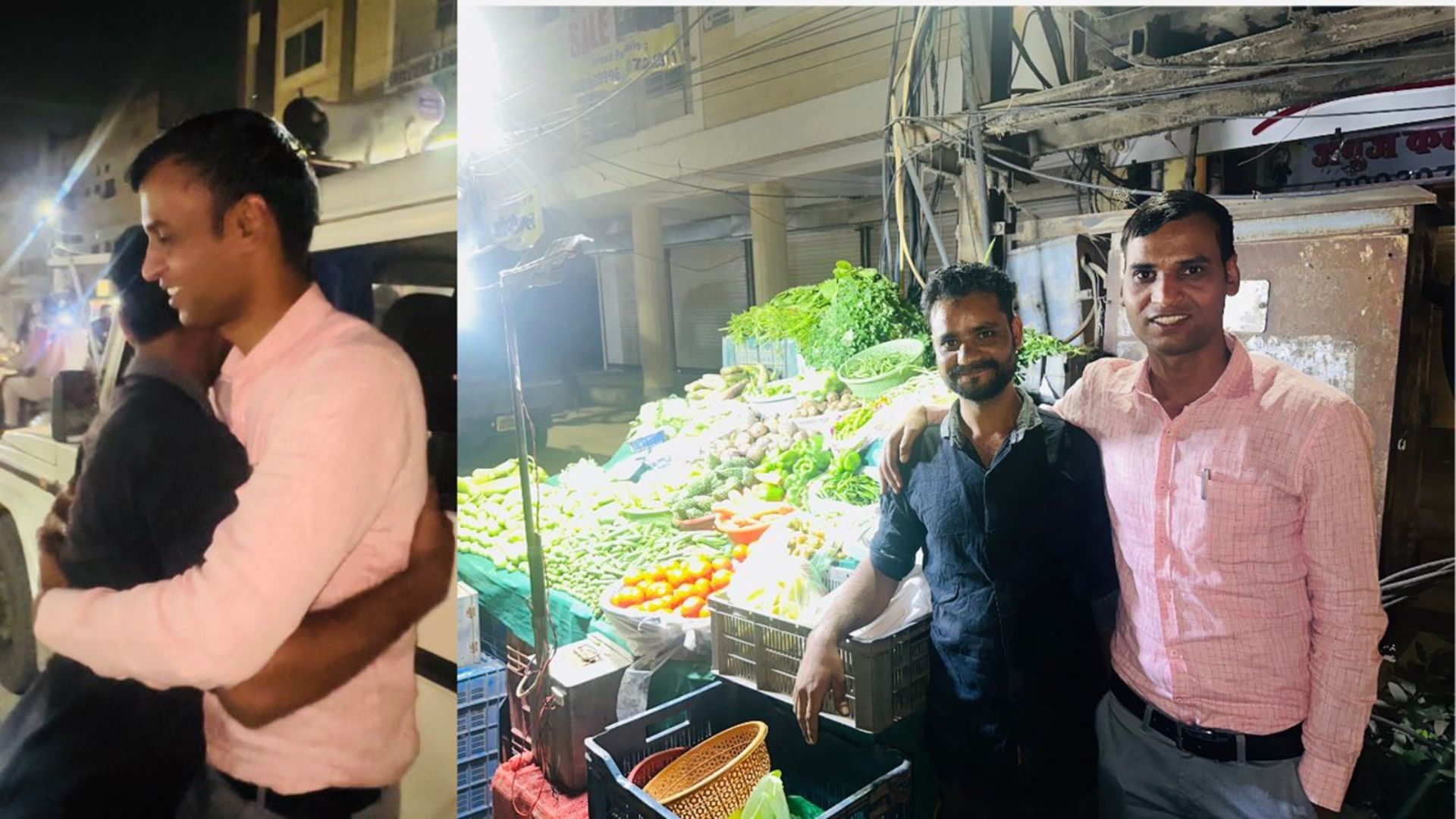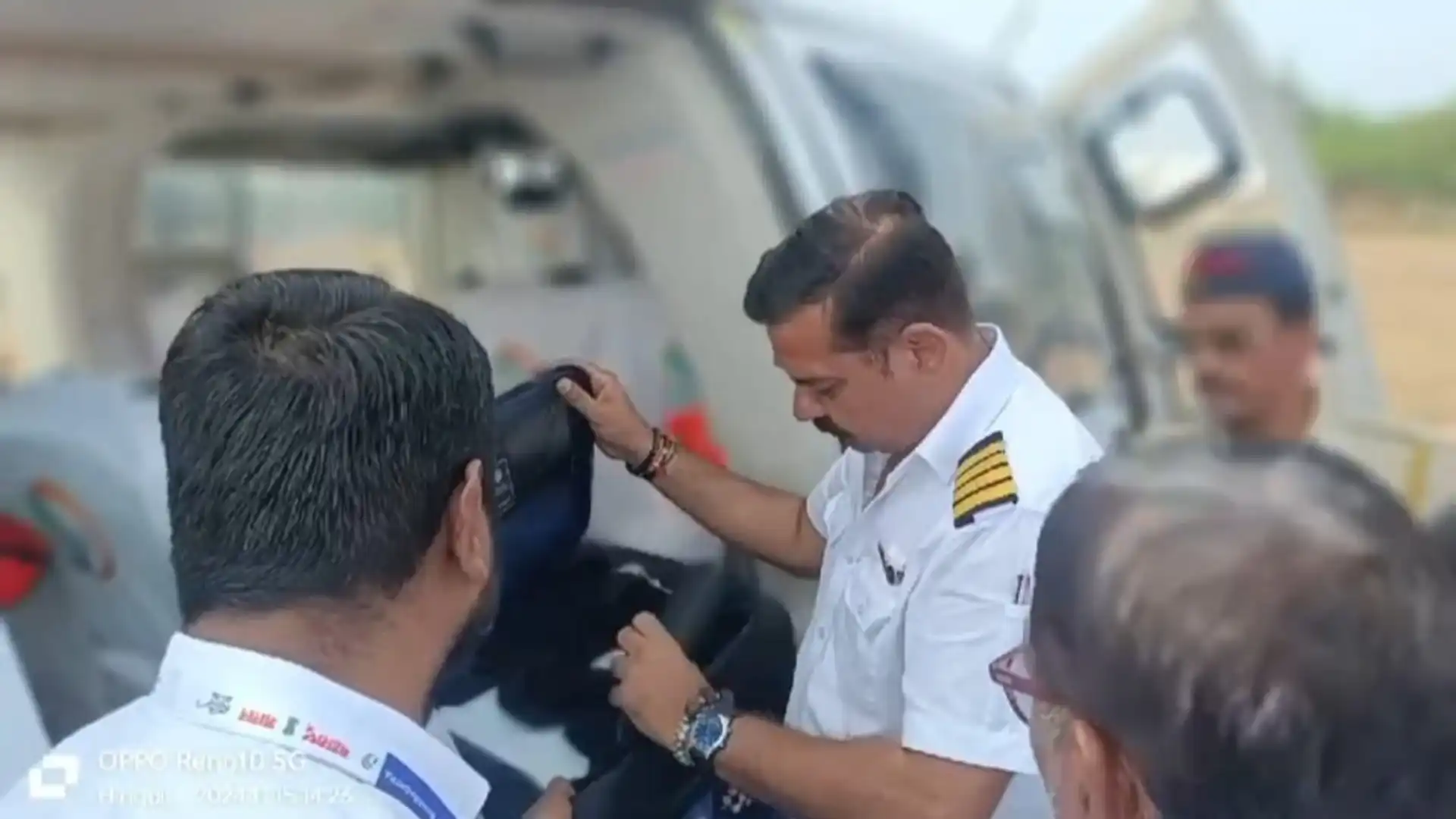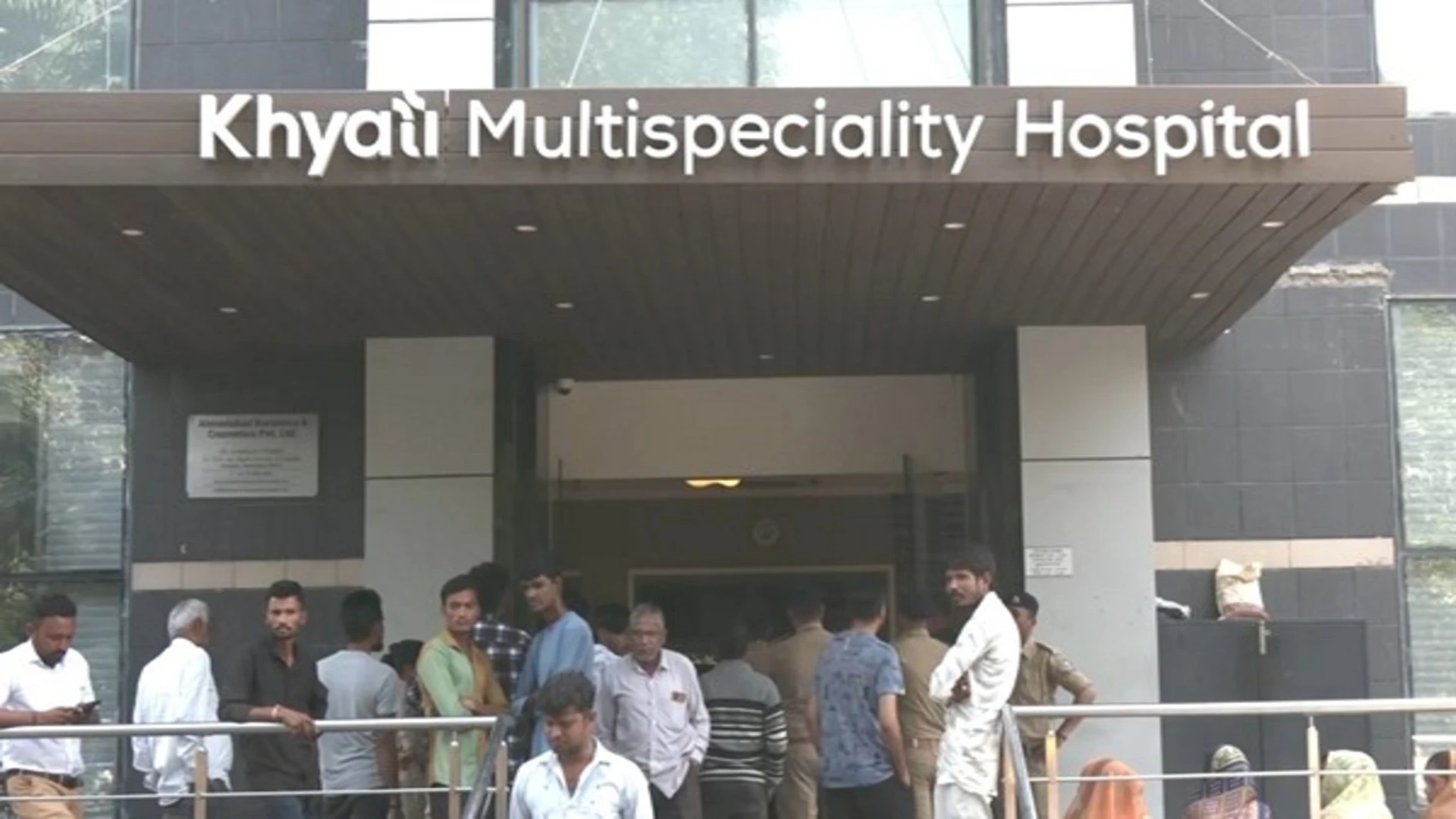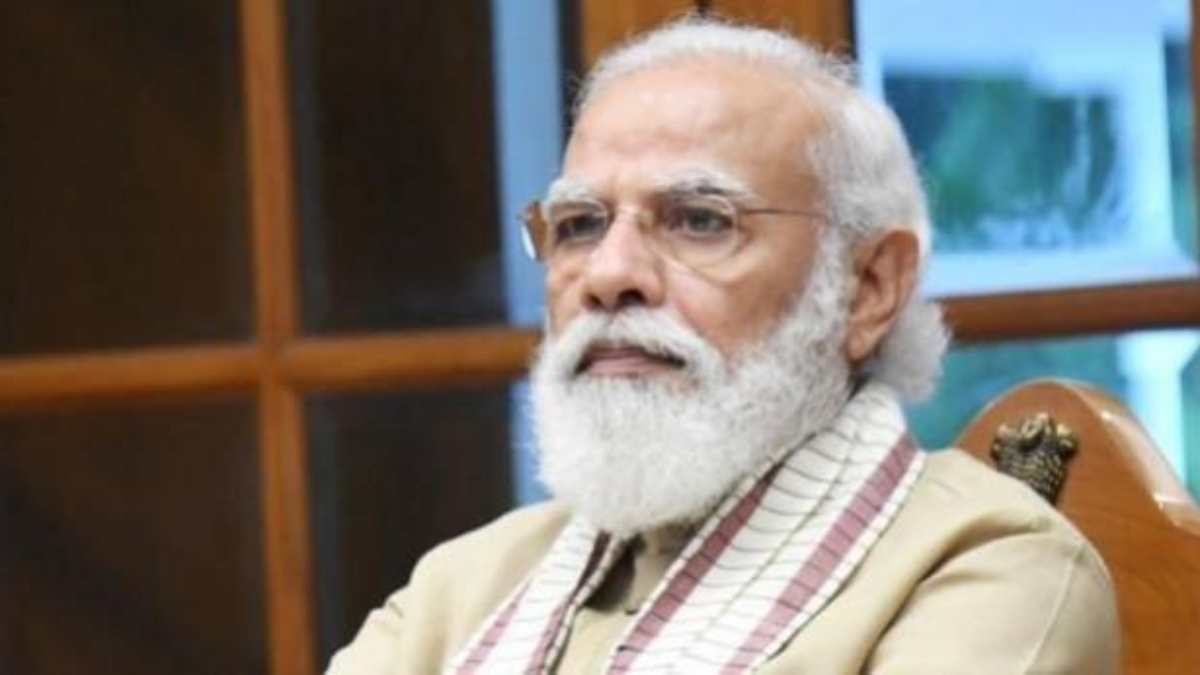
In Jammu and Kashmir, several monumental road and bridge projects have been accomplished. These include Asia’s biggest state-of-the-art, Chenani-Nashri tunnel (in photo), which was inaugurated by Prime Minister Narendra Modi in 2017 and is the first-ever project of its kind in India to be named after Syama Prasad Mookerjee. Other projects that had long been delayed, also saw the light of the day. These include the Kidiyan-Gandyal Bridge and national highways like Chenani-Marmat-Sudhmahadev and the Lakhanpur-Basohli Bhaderwah project.
Development of Jammu and Kashmir, the Northeast and hilly states has been the priority of the Narendra Modi government in the last six years. As far as Jammu and Kashmir is concerned, several monumental road and bridge projects have been accomplished.
These include Asia’s biggest state-of-the-art, Chenani-Nashri tunnel, which was inaugurated by Prime Minister Narendra Modi in 2017 and is the first-ever project of its kind in India to be named after Syama Prasad Mookerjee.
Other projects that had long been delayed, also saw the light of the day. These include the Kidiyan-Gandyal Bridge and national highways like ChenaniMarmat-Sudhmahadev and the Lakhanpur-Basohli Bhaderwah project.
Higher education too has received the much-needed impetus, in hitherto neglected areas; the Indian Institute of Management (IIM) has become functional in Jammu, as also was the Indian Institute of Technology (IIT) which has been established in Jammu.
Work on AIIMS has started in Jammu. The construction work on the Ring Road project, the widening of National Highway from Pathankot to Jammu to make it sixlane from four-lane, as well as the acquisition of land for the landmark Katra-Delhi Expressway road corridor have started, thanks to the unwavering commitment of Prime Minister Modi, to this region.
Thirty-seven Central laws including important Acts like All India Services Act, The Census act, The Central Goods and Services Tax Act, Income Tax Act, Insolvency and Bankruptcy Act, etc, which were not applicable to erstwhile state of Jammu and Kashmir earlier, are now applied in the Union Territory (UT) of Jammu and Kashmir in exercise of its powers conferred under Section 96 of the Jammu and Kashmir Reorganisation Act, 2019. Adaptation of above Central Acts is encouraging new businesses to explore commercial opportunities, which will invigorate and unlock the long-term growth potential of this beautiful region.
Delimitation exercise is being carried out in Jammu and Kashmir so that elections are held and people’s representatives are elected in Jammu and Kashmir. The reorganisation of the erstwhile state of Jammu and Kashmir into two Union Territories has given the Centre direct control over Jammu and Kashmir, and the UT of Ladakh, which has, of course, seen over a four-fold rise in its budget this year, from a meagre Rs 57 crore last year.
Ladakh, which used to depend on Srinagar earlier for revenues and administrative matters, has received a special development package of Rs 6,000 crore this year. The catalyst, undoubtedly, has been the Atal Tunnel, built at an altitude of 10,171 feet right through the Rohtang pass, in the Pir Panjal range of the Himalayas.
The Atal Tunnel is a symbol of Modi’s inclusive development agenda, in more ways than one. That this 9.02 km horseshoe shaped, all weather, single tube and double lane tunnel is the longest, high altitude tunnel in the world, is important.
What is, however, more important is the fact that this tunnel integrates India’s far-flung areas with the core. The travel time between Manali-Leh-Lahaul-Spiti will be reduced by almost six hours, and distance by 46 km and the boost to agriculture, defence preparedness, border infrastructure and tourism will be manifold.
What a pity that Ladakh got its first university only recently. For decades, the Congress treated Ladakh like a step-child, with no skin in the India story. PM Modi has also greenlighted the proposed Ladakh Central University. It is aimed at students from Ladakh, Lahaul and Spiti and will ensure round the year access to Leh via Jispa-SarchuUpshi route. The university will have a Centre for Buddhist Studies to cater to the largely Gelug (to which the 14th Dalai Lama belongs) and Kagyu sect of Tibetan Buddhist population of Ladakh.
“Connectivity to the Northeast is important for the ease of living of people here. But it is also substantial for ‘Aatmanirbhar Bharat’. On one hand, it strengthens our social and trade relations with Myanmar, Bhutan, Nepal and Bangladesh, while also strengthening India’s Act East Policy,” said PM Modi in July 2020, while inaugurating the Manipur Water Supply project via a video call. Clearly, mainstreaming the Northeast has been the fulcrum of PM Modi’s governance mantra. The much-awaited 15.6 km railway line between Agartala in Tripura to Akhaura in Bangladesh will be completed by September 2021, with the process for acquisition of land and handing it over to the executing agency in both the countries, having been completed already. The project will improve connectivity and boost trade between the two countries. It will also connect West Bengal and Tripura through Bangladesh.
Almost all railway lines in the Northeast have been converted to broad gauge and efforts are underway to provide rail connectivity to the capital cities of all the eight states of the region under the Modi government. Work on 15 new rail lines is under progress at a cost of roughly Rs 50,000 crore. Work on the ‘Gas Cracker Project’ which is important for Assam. The Dhola Sadiya bridge named after Bhupen Hazarika, linking Assam and Arunachal Pradesh, has already been dedicated to the nation.
Of the villages electrified by the Modi government, about 13,000 villages are in Eastern India and out of these, 5,000 villages are in the remotest areas of the Northeast. Again, under the “Udan Yojana”, 19 new airports are being built in Eastern India and of these, five are coming up in the Northeast. Thirteen operational airports are already there in the Northeast and efforts are underway to modernise them including the Imphal airport at a cost of Rs 3,000 crore. The construction of the Pakyong airport in Sikkim, an engineering marvel, was completed and started operations in 2018, thanks to PM Modi’s relentless drive to bring growth to the doorsteps of the Northeast region.
Many projects where delays in completion had become synonymous with injustice to the common people of this country such as India’s longest Bogibeel rail-cum-road bridge over Brahmaputra river in Assam, was completed by the visionary Modi government.
The new AIIMS being set up in Kamrup district of Assam is another example. Hundreds of crores being invested under the National Bamboo Mission is again a sterling example of how the Modi government is cementing the cultural, geographical and natural bounty of the Northeast region, with commercial growth so that the fruits of development which were denied by successive leftist and Congress-led regimes, for decades together, can finally reach the most marginalised person in the matrix. Indeed, the hallmark of Modinomics is inclusivity, with no geographical discrimination whatsoever, in the big leap towards a resurgent ‘Aatmanirbhar Bharat’.
Sanju Verma is an economist, national spokesperson of the BJP and bestselling author of ‘Truth& Dare: The Modi Dynamic’. The views expressed are personal.
